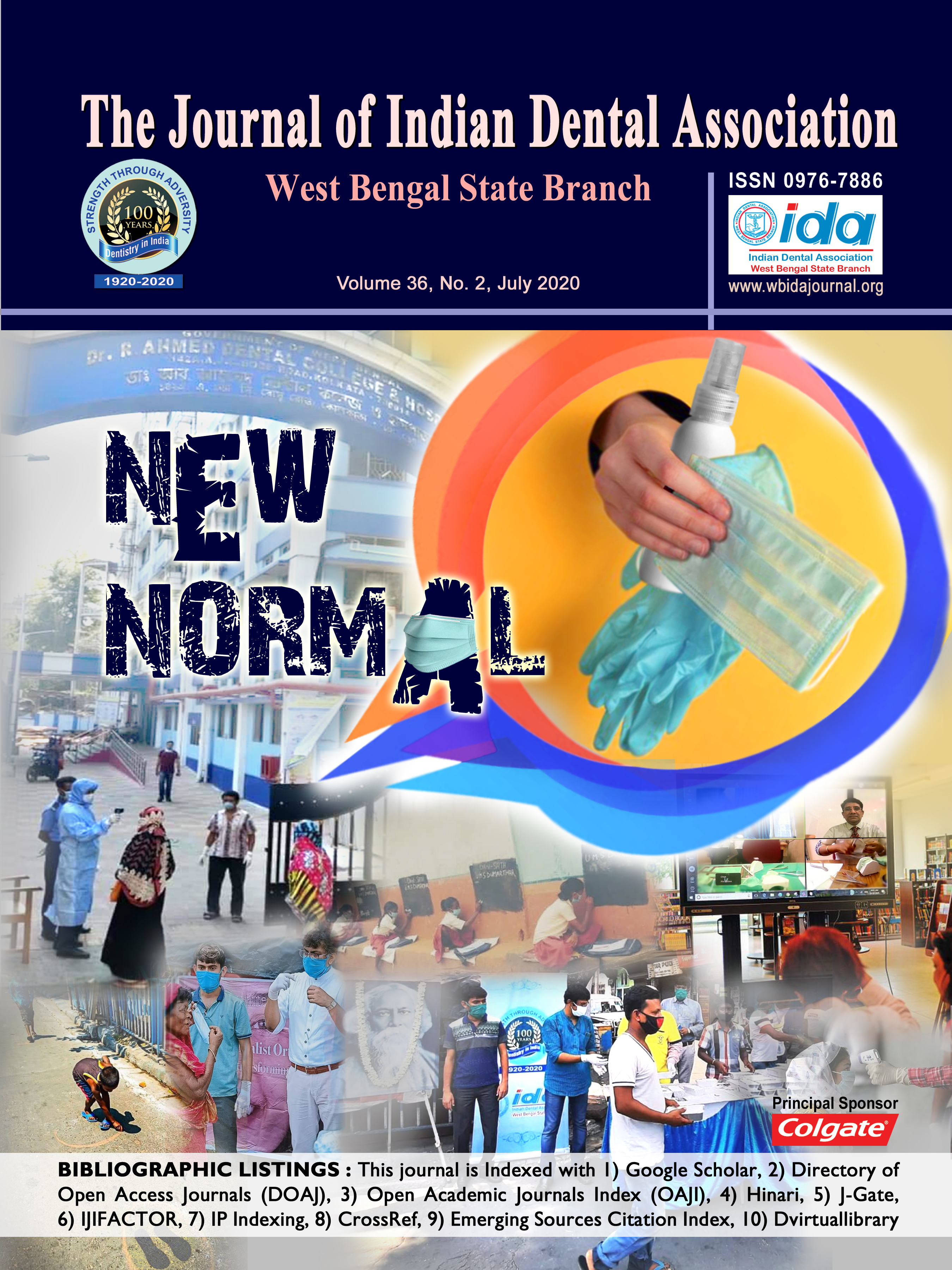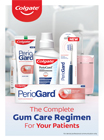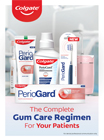Upcoming Events
1. Article Title.
2. Author Details.
3. Abstract.
4. Keywords.
5. Corresponding Author details.
July 2020
Volume : 36
No.: 2

Dr. Suman Chakraborty,Dr. Dibyatanu Majumdar,Dr. T.K. Giri,Dr. S. Mukherjee,Dr. Ranjan Ghosh
Abstract: A dentist's life will never be the same as what it was before COVID-19 & after COVID-19. The serious implications on cross infection ensure that the use of the indispensable air turbine drills and ultrasonic devices that induce aerosol would be restricted. A large number of operative procedures entail the use of conventional high-speed drills and now onwards we might have to be without them. And moreover we, The prosthodontist cannot imagine a work life without the air turbine hand piece. So, The Prosthodontist can decide what we are going to think in any given situation. Our thoughts and techniques determine our prosthodontic practises and determine the results what we will get. It all starts with our thoughts & safety measurements. This article summarises the reality, facts & future of aerosol free prosthodontic protocols.
Dr. Debasish Pramanick
Abstract: The 2019 Novel Coronavirus has become a threat to the humanity at present affecting many countries over the world. Coronaviruses (CoV) are enveloped single-stranded RNA virus causing mostly respiratory illness in the humans. The envelope anchored Spike protein (S) of CoV facilitates the attachment of the CoV to the host cell membrane Angiotensin-converting enzyme 2 receptor thereby infecting the host cell. If a huge number of cells are infected together at a time, huge amount of proinflammatory cytokines are released which results in “Cytokine Storm”. To prevent the cytokine storm and pulmonary damage, umbilical cord blood derived mesenchymal stem cells may be an important therapeutic measure in fighting the CoV infection.
Dr. Dibyatanu Majumdar,Dr. Khushbu Gupta,Dr. T.K. Giri,Dr. S. Mukherjee
Abstract: An undisputed truth in the dental profession is the paradigm shift we are about to experience after this COVID pandemic breakout. The phenomenon of impression disinfection will see the change of status from an academic luxury to a daily indispensable necessity. This change necessitates the knowledge of impression disinfection for every dental professional. Hence, this article summarizes the necessary disinfection materials and protocols as pertaining to the impressions in our day-to-day practise.
Abstract: Biomarkers or biological markers as the name suggests are by definition objective, quantifiable characteristics of biological processes. Before a biological marker is used in human health studies, its validation is fundamental; therefore, the selection and approval process requires careful consideration of specificity and sensitivity, and accuracy. This article would highlight about the various definitions, and a conceptual framework to understand the roles of biomarkers in clinical research.
Dr. Anasua Debnath,Dr. Adrita Roy Chowdhury,Dr. Rumela Ghosh
Abstract: Partially edentulous mandible with a few remaining teeth can be successfully managed by rehabilitation with tooth-supported overdenture. Healthy, retained teeth can be used underneath the denture to preserve the neuro-muscular proprioception and improve retention and support. This is a cost-effective treatment modality for individuals where fixed prosthesis remains beyond the scope of affordability, especially for the geriatrics. In the following case report, attempts have been made to rehabilitate the mandibular arch of an elderly individual with tooth-supported overdenture. Retained mandibular canines were endodontically treated and restored with cast metal copings and used beneath the prosthesis. Mandibular canines with the abundance of alveolar bone are strategically important teeth that can be used to support overdentures and need to be retained whenever possible. The final results were satisfactory with respect to masticatory efficiency and aesthetic outcome. Clinical and radiographic follow-ups along with maintenance of hygiene are the key components for successful overdenture therapy and should be undertaken inevitably for interception of complications that may develop at a later date.
Dr. Priya Sinha,Dr. Debaprasad Das,Dr. Anirban Bhattacharyya,Dr. Asim Bikash Maity
Abstract: Aim : The aim of the present article is to report a case about the thorough examination, successful diagnosis, and clinical management of a two-rooted mandibular second premolar with three independent root canals. Background : Presence of extra roots and canals should be considered before initiation of root canal treatment for the success of endodontic treatment. A mandibular second premolar with three separate root canals is very rare and its prevalence has been reported to be around 0.1-0.4%. Case Description : This case report explains non-surgical endodontic treatment of a mandibular second premolar with two separate roots (mesial and distal) and three separate root canals : mesial, distobuccal, and distolingual root canals. Close attention to anatomic variations, radiographic examinations, cone beam computed tomography scan and thorough evaluation of the pulp chamber floor have been recommended for the success of endodontic treatment of mandibular second premolars with complicated root canal system anatomy.
Dr. Lopamoodra Das,Dr. Khooshbu Gayen,Dr. Avik Narayan Chatterjee,Dr. Raju Biswas,Dr. Subrata Saha,Dr. Subir Sarkar
Abstract: Various treatment options are present in case of coronal fracture of anterior teeth depending on the extent of fracture. The following case reports are going to highlight on the anterior tooth trauma management with successful replantation. In first case a 10‑year‑old female child reported to the department of pedodontia with avulsion of 11. Here successful replantation was done followed by root canal treatment of 11. In second case the root canal procedure was done extraorally and the replantation was done after that. Successful esthetics and functions were restored in both the cases with conservative approaches and six month follow-up shows no signs of failure, no post operative pain.
Abstract: Cherubism is a non-neoplastic fibro-osseous lesion that is diagnosed among children based on its characterization by bilateral painless enlargement of jaws that offers a cherubic appearance to the affected persons. The treatment of such lesion is combative, it may regress during puberty leaving some facial deformity and malocclusion. Cherubism may occur in solitary cases or in many members of the family. In this case report we are presenting such a case in which 9yr old cherubic male child, with positive family history describing the clinical, biochemical and radiographic features.












